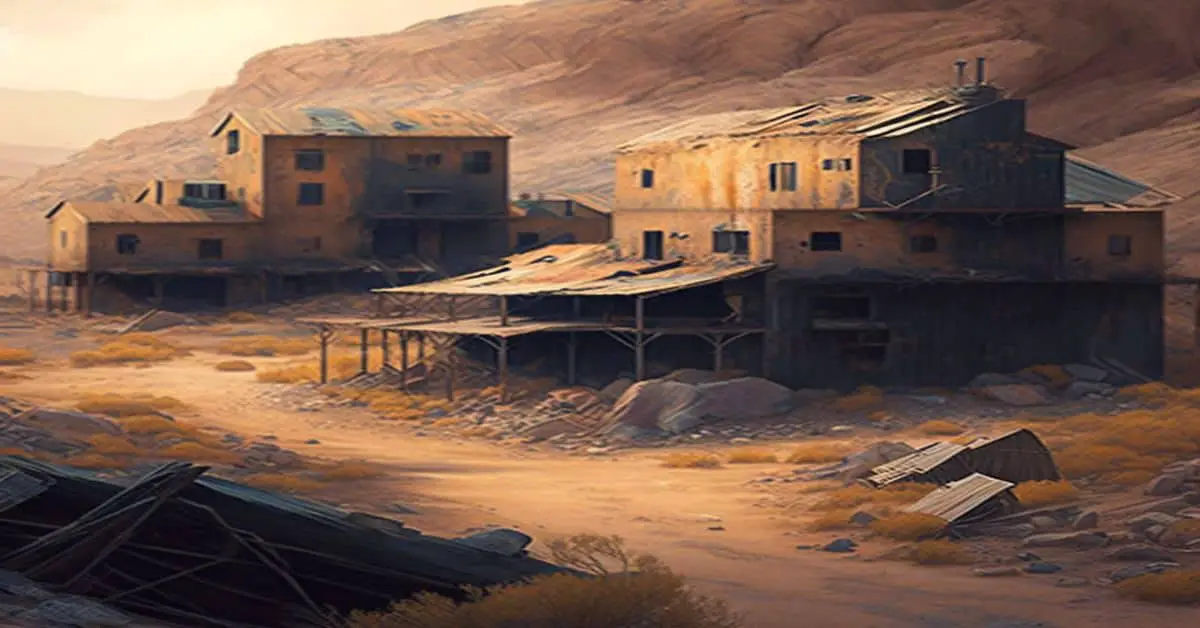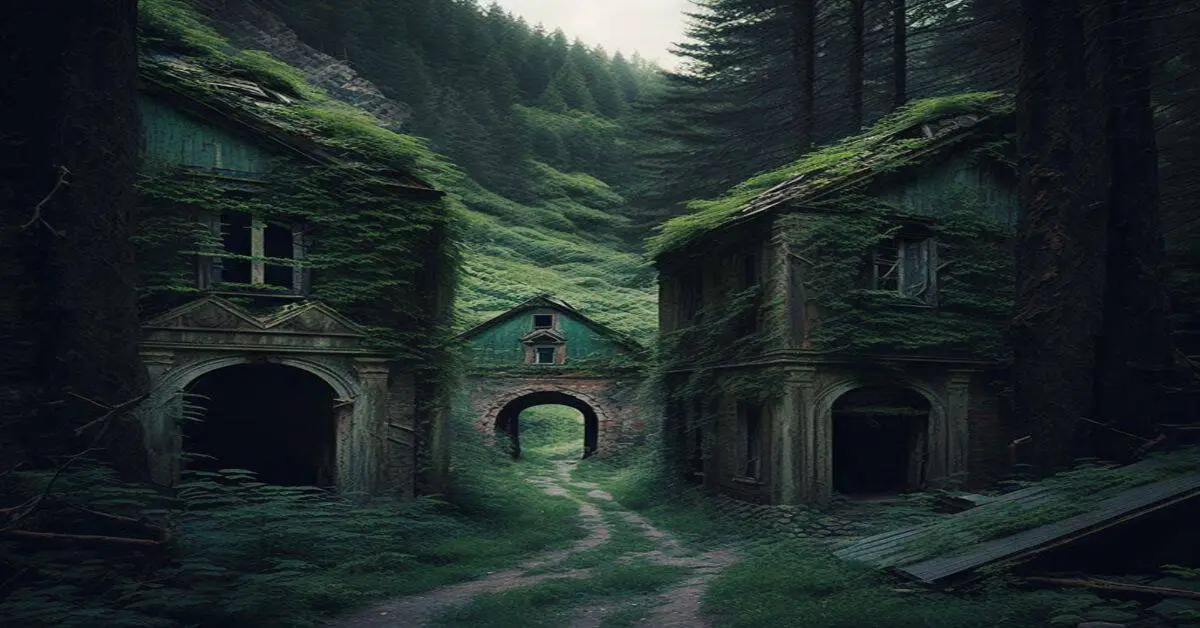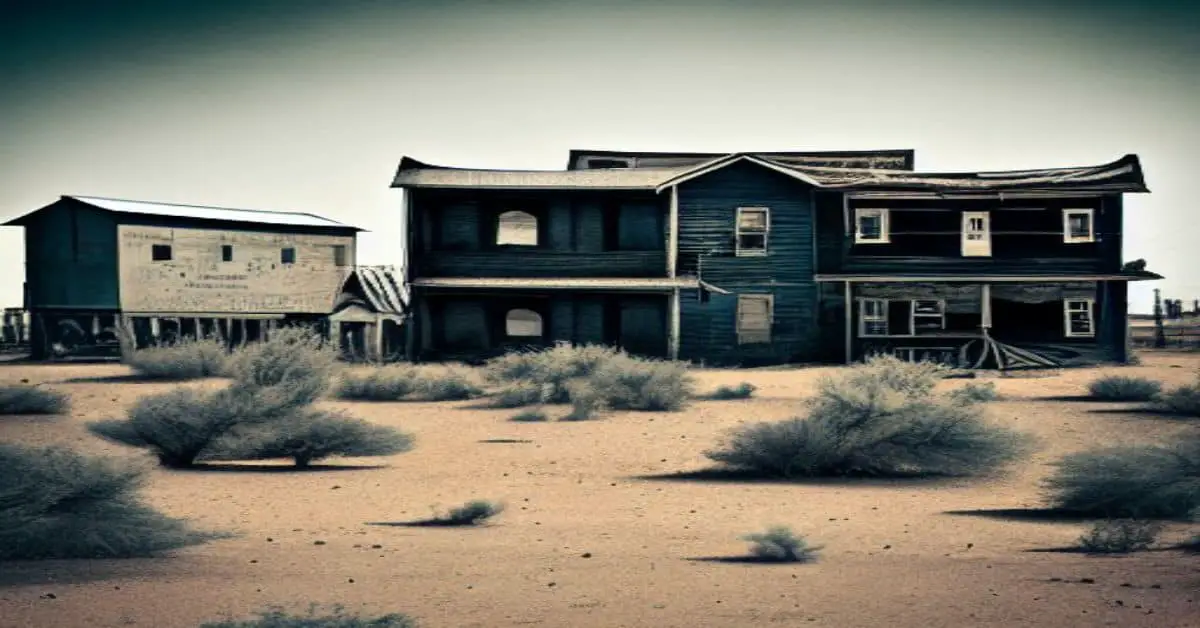The abandoned town of Ironton, nestled between the towering Red Mountain and Ouray, is a haunting symbol of Colorado’s past. Once a bustling transportation junction and mining community, Ironton was home to over 1,000 people at its peak. But as the mining industry declined and transportation shifted, the town slowly faded into obscurity.
Today, Ironton stands as a ghost town, its empty streets and abandoned buildings offering a glimpse into the past. Despite its decline, the legacy of Ironton lives on. The town’s rich history as a hub of transportation and mining has left a lasting impact on Colorado’s development. Its architecture and preserved buildings provide valuable insights into the past, and its story is a reminder of the boom and bust cycles that have shaped the West.
In this article, we will delve into the fascinating history of Ironton, exploring its rise and fall and the legacy it has left behind.
Key Takeaways
- Ironton was once a bustling transportation junction and mining community with a peak population of over 1000, heavily reliant on its transportation infrastructure and mining industry.
- The decline of mining activities in the region and the advent of better transportation options led to the town’s gradual decline, leaving most of its structures abandoned and deteriorating over time.
- The preservation of Ironton’s original buildings is important in showcasing the architectural significance of the town and preserving its cultural heritage, while also providing valuable insights into the past and the challenges early settlers face.
- Ironton’s scenic beauty and rich history continue to attract tourists interested in exploring the old buildings and learning about the town’s past.
Location and Transportation
Ironton, a Colorado ghost town with a peak population of over 1000, was situated at a transportation junction between Red Mountain and Ouray, where two trains arrived daily from Silverton. The town was located in a scenic area surrounded by majestic mountains, and it had great tourism potential. The visitors could enjoy hiking, fishing, and other outdoor activities while exploring the town’s rich history.
Despite being a small town, Ironton had its own mines and chain stores from nearby cities. The town’s economy relied heavily on its transportation infrastructure, allowing it to connect with other towns and cities.
However, with the decline of mining activities in the region and the advent of better transportation options, the town slowly faded into obscurity. Nonetheless, Ironton’s scenic beauty and rich history continue attracting tourists interested in exploring the old buildings and learning about the town’s past.
Peak Population and Economy
During its peak population, Ironton was a bustling transportation junction between Red Mountain and Ouray, with a population of over 1000 people. The town was a central hub for the mining industry, with its own mines and two trains arriving daily from Silverton. This allowed for a booming economy, with chain stores from nearby cities opening up in Ironton to cater to the growing population.
Despite its small size, Ironton had a significant cultural significance in the region. It was known for its unique architecture, with many original buildings still standing today.
However, as the mining industry declined and the town’s population dwindled, the economy suffered and Ironton slowly faded from its former glory. Today, the ghost town serves as a reminder of the town’s rich history and the impact it had on the region during its heyday.
- The bustling economy during Ironton’s peak population evokes a sense of prosperity and opportunity.
- The decline of the mining industry and subsequent economic downturn elicits a feeling of loss and nostalgia.
- Preserving the town’s original buildings highlights the importance of cultural heritage and historic preservation.
- The existence of a ghost town serves as a haunting reminder of the transience of human life and the fleeting nature of prosperity.
Architecture and Preservation
Preserving original buildings in the area demonstrates the significance of architectural heritage and historic conservation efforts.
Ironton was once a prosperous town with a peak population of over 1000. As such, it had numerous buildings constructed during its heyday. Most of these structures, such as homes, stores, and hotels, have been abandoned and left to deteriorate over time. However, a few of the original buildings have been preserved and are now protected from significant alterations or demolitions.
Preservation challenges remain, as the buildings are constantly exposed to harsh weather conditions, vandalism, and natural deterioration. Preserving these historic structures is important in showcasing the architectural significance of the town and preserving its cultural heritage.
These buildings serve as important visual reminders of the town’s past and the challenges early settlers face. Efforts to preserve the remaining buildings in Ironton demonstrate the importance of architectural heritage and historic conservation efforts in maintaining the cultural and historical significance of ghost towns such as Ironton.
Frequently Asked Questions
What caused the decline of Ironton’s population and economy?
The decline of Ironton’s population and economy may have been influenced by social dynamics such as ethnicity, gender, and class. Infrastructure issues, including transportation, water supply, and sanitation, may have also played a role. Further analysis is required to determine the exact causes.
Were there any notable individuals or families that played a significant role in Ironton’s history?
Notable families and mining magnates played a significant role in Ironton’s history. Prominent individuals and community leaders, local legends, and folklore were also present. The town’s cultural impact and legacy can still be seen today.
What types of businesses and industries besides mining were present in Ironton?
Ironton’s economic diversity was not solely reliant on mining, as various businesses were present. These included chain stores from nearby cities, transportation services, and likely other support services for the mining industry.
How did the natural environment and geography of the area impact the development and decline of Ironton?
The geographical location and environmental factors played a vital role in shaping the development and decline of Ironton. The region’s abundant geological formations and natural resources attracted settlers and industries, but the harsh winter climate and difficult terrain made transportation and survival challenging.
Are there any local legends or ghost stories associated with the town?
Local folklore in Ironton includes stories of a lady in white wandering the cemetery and supernatural sightings at the old schoolhouse. However, limited documentation supports these claims and they may simply be urban legends.


